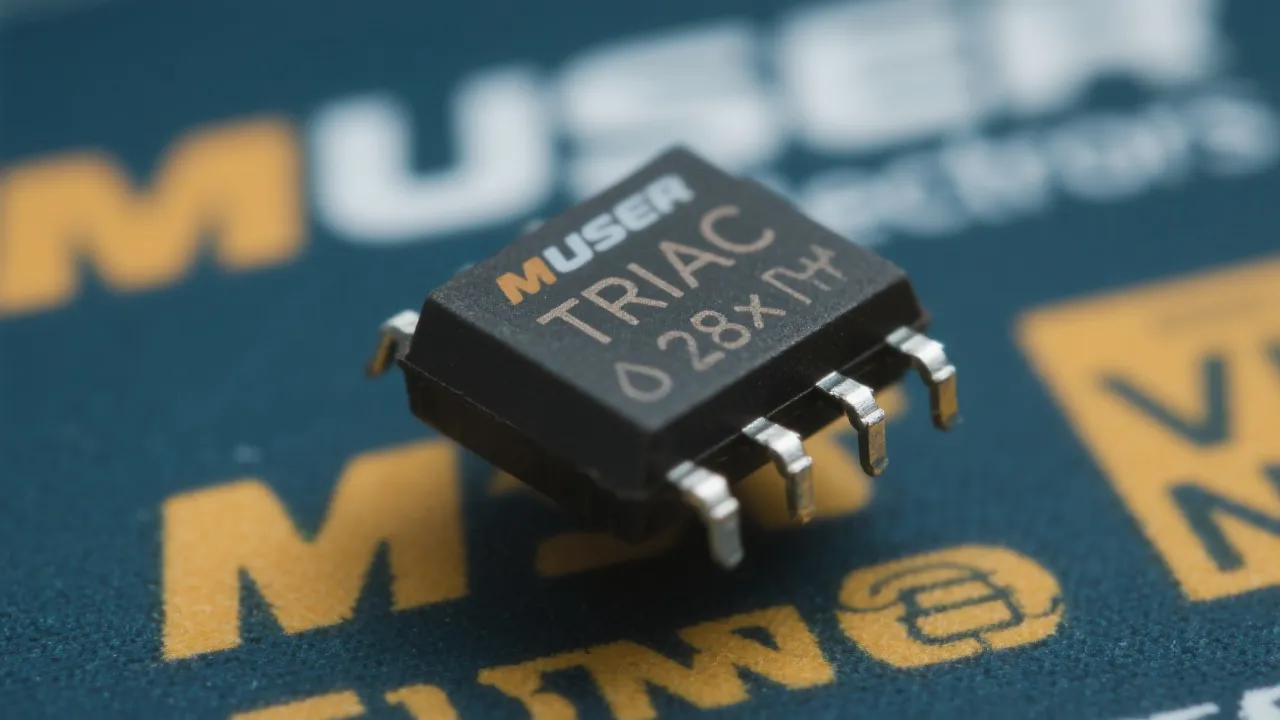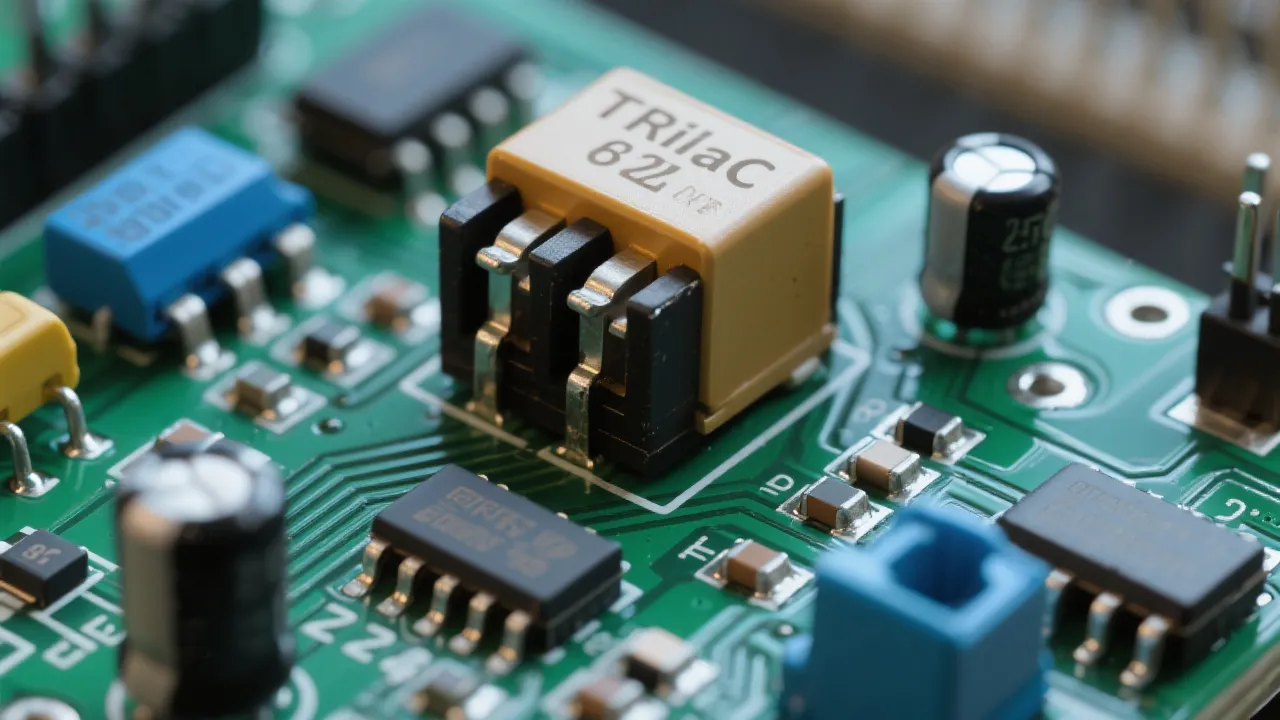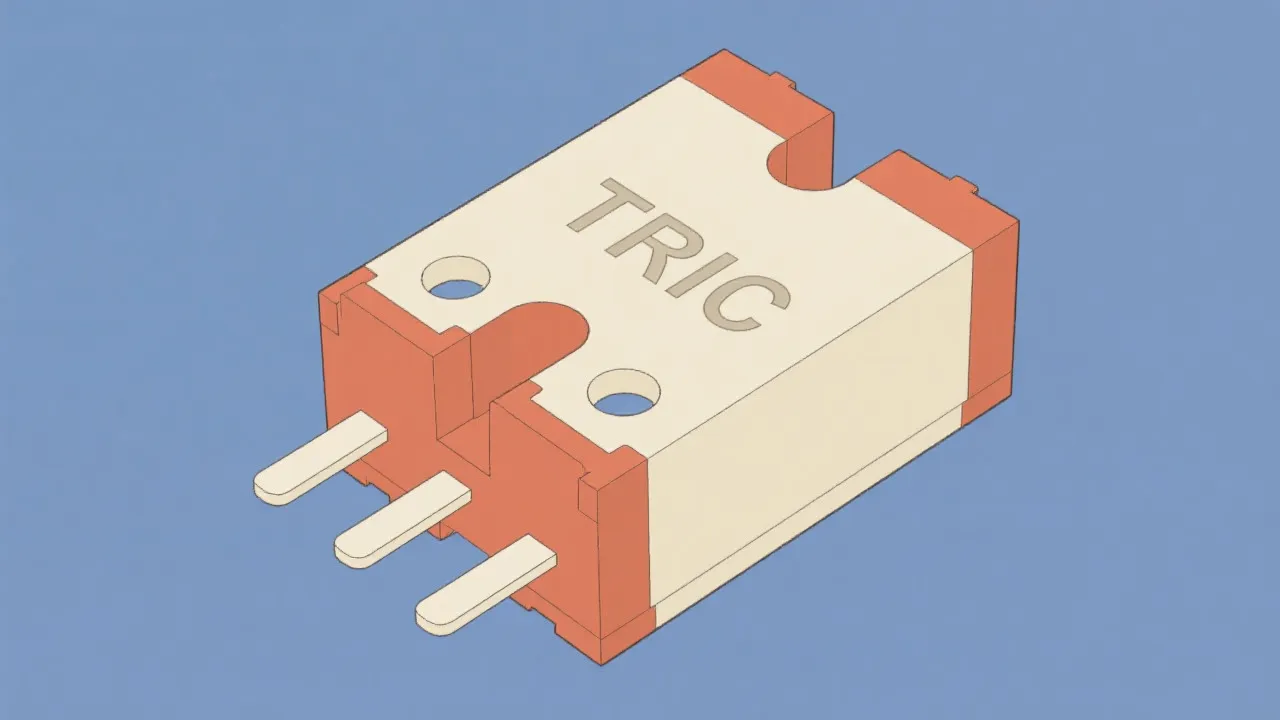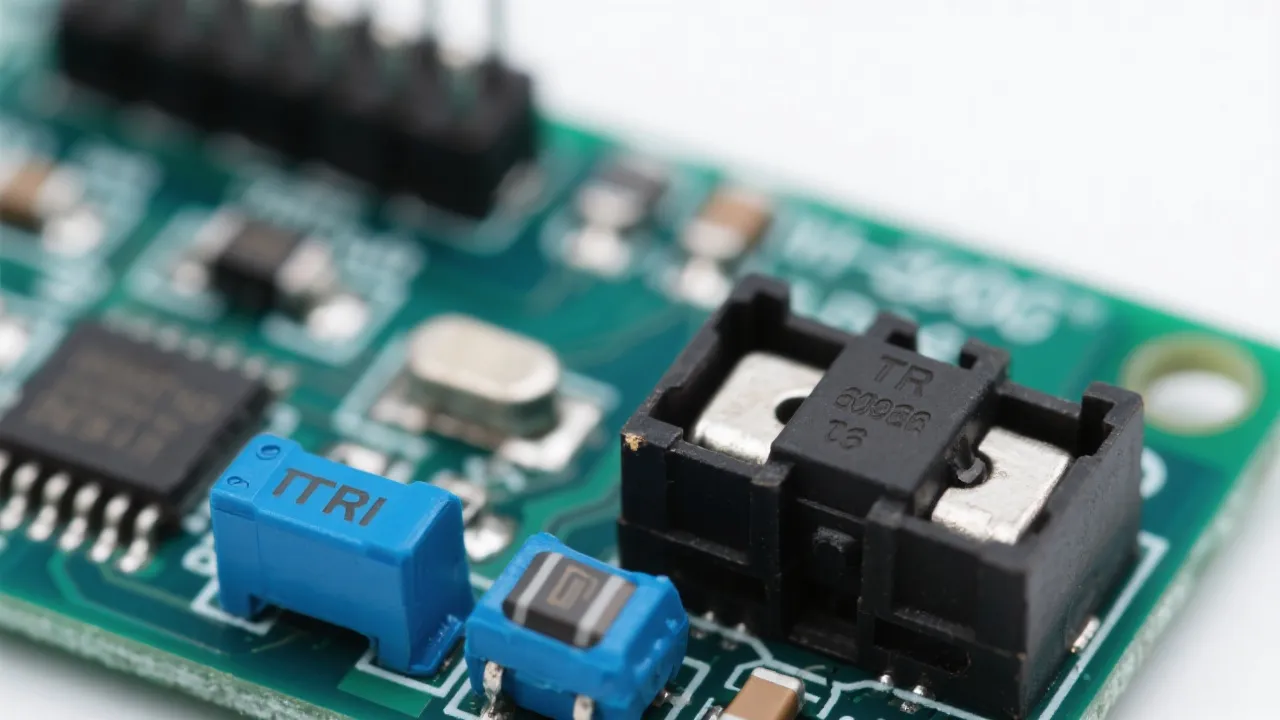Understanding Opgw Oplat Systems
This article delves into the complex world of OPGW OPLAT, a critical element in modern telecommunication and power transmission. Originally, Optical Ground Wire (OPGW) and OPticAL TerminATion (OPLAT) have played essential roles in improving network efficiency and safety in transmission lines. Combining their capacities offers innovative solutions for integrating electricity networks and telecommunications.

What Are OPGW and OPLAT Systems?
In the intricate world of electrical engineering and telecommunications, the terms OPGW (Optical Ground Wire) and OPLAT (OpticAL TerminATion) are not only relevant but play pivotal roles. OPGW is a type of cable that combines the functions of grounding with the capability of telecommunication, curbing interference issues and providing a conduit for high-speed data transfer. Meanwhile, OPLAT refers to the methods and devices used to effectively bring these optical cables to a functional endpoint, ensuring seamless integration with existing communication networks. This article delves deeper into the technical specifications, benefits, and real-world applications of both systems, providing insights into their contributions to modern infrastructure.
The Significance of OPGW in Modern Networks
Adopted in contemporary infrastructure, OPGWs are installed along high-voltage electric transmission lines. They provide dual functionality: grounding for safety and fiber optic capacity for data transmission. The primary objective of OPGW systems is to not only to secure transmission lines against lightning strikes and other electrical surges but also to facilitate robust telecommunications capabilities, aiding in the secure operation of electrical grids. Implementation of OPGWs offers significant enhancements to utility companies by supporting SCADA systems, which are crucial for monitoring and controlling infrastructure activities.
For the energy sector, this integration allows seamless data transfer from various remote locations, supporting preventive maintenance programs and thus facilitating reduced outage durations and improved service reliability. SCADA systems leverage data from OPGWs to make real-time decisions, optimizing grid performance and predicting failures before they happen. Consequently, the use of OPGW in telecommunications is becoming an industry standard, propelling its adoption across developing economies and leading-edge cities worldwide, where the demand for reliable communication and efficient electrical management systems is ever-increasing.
Role and Implementation of OPLAT
While OPGW focuses on transmitting data, OPLAT ensures that the process is completed efficiently by terminating these cables at strategic points. The importance of proper termination cannot be overstated; it is crucial for converting optical signals into usable forms for various organizational communication needs. The installation process of OPLAT involves careful consideration of the junction boxes, distribution networks, and data centers, where these terminals provide seamless transitions across diverse communication platforms. By utilizing advanced techniques such as splice closures and distribution frames, OPLAT systems optimize the junction points that connect optical networks, ensuring minimal signal loss and maximal performance.
OPLAT systems also incorporate testing protocols to certify that the optical fibers are functioning optimally after installation. This includes optical time-domain reflectometry testing, which verifies the integrity of the fibers and their connections. Such meticulous attention to detail significantly enhances data integrity and network reliability, essential for organizations reliant on real-time data transmission.
Comparative Analysis of OPGW and OPLAT Benefits
| Aspects | OPGW | OPLAT |
|---|---|---|
| Primary Function | Grounding and Data Conduit | Signal Termination and Conversion |
| Installation Sites | Overhead Power Lines | Junction Boxes, Data Centers |
| Role in Network | Data Transfer and Grid Safety | Ensures Data Delivery Efficiency |
Common Applications and Use Cases
With advancements in technology, both OPGW and OPLAT have broadened their use cases beyond traditional applications. Organizations leverage these technologies for smart grid applications, enhancing grid resilience through advanced fault detection and isolation. For instance, utilities can detect faults rapidly, isolate problems, and reroute power, thus preventing widespread outages. Moreover, data-intensive sectors like finance and cloud computing benefit from the enhancements in data throughput capabilities facilitated by these systems. OPGW provides the necessary bandwidth to support large data transfers, which is crucial for data centers that handle millions of transactions per second.
In telecommunications, OPGW is utilized in the backhaul for 5G networks, which require high-capacity connections to support the vast number of devices anticipated in the coming years. OPLAT systems enable these connections to be established efficiently, ensuring that the quality of data transfer remains uncompromised during peak traffic times. Additionally, in the realm of renewable energy, OPGW is pivotal in the integration of wind and solar farms into the existing power grid—ensuring that the energy produced can be transmitted efficiently while maintaining the stability of the grid.
Industry Trends and Future Prospects
The advancements in both OPGW and OPLAT technology correspond with growing industry demands. According to recent industry reports, the global market for OPGW is expected to surge as investments in renewable energy and smart grids increase. Regions with expanding telecommunication infrastructures, particularly in Asia-Pacific, are witnessing the highest growth rates. Countries like India and China are at the forefront, where rapid urbanization and industrialization necessitate robust telecommunications and electrical systems.
Emerging technologies in AI and IoT integrations are pushing the need for improved communication networks maintained by these systems. The impending rollout of 5G has also sparked renewed interest in OPGW technology as it requires substantial bandwidth and stable connections. The convergence of telecommunications and electrical grid management is becoming more pronounced, leading to innovations in how OPGW and OPLAT systems are deployed and managed. IoT devices, for instance, can leverage OPGW networks for real-time data acquisition and analytics, facilitating proactive maintenance and dynamic adjustments to energy supply and demand.
Challenges Facing OPGW and OPLAT Systems
Despite the numerous benefits of OPGW and OPLAT systems, there are challenges that industry stakeholders must navigate. One of the significant concerns is the initial installation cost associated with OPGW. Although these systems contribute long-term savings and efficiencies, the upfront investment can be a barrier, especially for smaller operators or regions with limited budgets. Moreover, technologies continuously evolve, which may render existing systems outdated, necessitating regular upgrades or replacements, another financial consideration.
Additionally, environmental factors pose challenges for OPGW installations. In areas prone to extreme weather conditions, such as hurricanes or earthquakes, the durability of OPGW cables must be ensured. Extensive research is being conducted on materials and designs to enhance the resilience of these systems. Furthermore, regulatory frameworks around data transmission and energy management are evolving rapidly, requiring continual adjustments and compliance measures from businesses that incorporate these technologies.
Frequently Asked Questions
- What maintenance practices are crucial for OPGW?
Regular inspections and thermal imaging to detect hotspots are essential. It's also important to listen for any abnormal sounds which might indicate wear or damage. Maintenance teams should establish schedules to inspect lightning protection systems along with the physical integrity of the OPGW to ensure optimal functionality. - How does OPLAT improve data efficiency?
OPLAT systems ensure that optical signals are accurately and efficiently transformed into electronic signals, minimizing loss and optimizing data transmission. Advanced testing and monitoring tools are employed within the OPLAT systems to measure signal integrity, ensuring that any degradation can be promptly addressed. - Can OPGW be installed on existing power lines?
Yes, retrofit projects are common where existing lines are augmented with OPGW without significant infrastructure overhauls. These retrofits often involve careful planning to integrate with the existing structures without compromising their stability or function. - What installation methods are used for OPLAT?
The installation methods for OPLAT typically include splicing optical fibers, using modular connectors for quick deployment, and deploying distribution frames that manage multiple cables efficiently. Technologies such as fusion splicing are commonly used due to their reliability and low signal loss. - What are the regulatory considerations for OPGW and OPLAT deployments?
Regulatory considerations often include compliance with international standards for telecommunications and electrical safety. Local regulations will also dictate the installation processes, environmental impact assessments, and permits required for infrastructure changes, which may vary significantly from region to region.
Conclusion
In essence, OPGW and OPLAT are linchpins in the domains of telecommunications and power transmission. Utilizing these technologies not only fortifies communication networks but also enhances efficiency and reliability of services. Both systems are integral to the backbone of modern infrastructure that supports our increasing reliance on high-speed data and continuous, dependable power supply. As industry trends suggest, their role is growing in importance and will continue to shape future advancements and applications across various sectors, integrating more deeply with cutting-edge technologies that define the smart grid and interconnected world.
The Evolution of OPGW and OPLAT: Historical Context
To fully appreciate the significance of OPGW and OPLAT systems, it is essential to understand the historical context in which they evolved. The birth of optical fiber technology can be traced back to the mid-20th century, but it wasn’t until the 1980s that fiber optics began to gain traction within telecommunications. This period marked a monumental leap forward in data transmission capabilities, leading to a demand for more integrated systems capable of supporting expanded communication networks. Initially, traditional copper wiring dominated communication infrastructures, but limitations related to bandwidth and signal degradation rapidly drove the shift toward fiber optics.
In the evolution of electrical grid management, the increasing frequency of extreme weather events and heightened operational demands prompted utilities to look for innovative solutions that would simultaneously improve productivity and safety. The introduction of optical ground wire provided a unique opportunity to address both grounding requirements and data transmission needs, leading to widespread adoption in the 1990s. Utilities recognized that integrating telecommunications directly into the infrastructure of power distribution could allow for smarter, more responsive systems capable of meeting modern demands.
Case Studies: Successful Implementation of OPGW and OPLAT
Examining case studies of successful implementation offers valuable insights into the effective deployment of OPGW and OPLAT systems. One leading example is the use of OPGW by a prominent northwestern utility company in the United States. This organization undertook a project to replace its aging infrastructure with modern OPGW systems. By integrating their communication networks with the grounding wire of their transmission lines, they achieved improved data transfer rates, enhanced monitoring capabilities, and a substantial reduction in operational downtime attributable to outages. The dual functionality of OPGW allowed this utility to significantly reduce costs associated with traditional telecom deployments while providing critical grid data promptly.
Another noteworthy case involves a European telecommunications provider that utilized OPLAT systems in their expansion of fiber optic networks in urban areas. As they sought to increase connectivity and service reliability in densely populated areas, they employed OPLAT technologies to effectively manage complex junctions between different communication layers. The seamless integration of fiber optic communication into their existing network architecture resulted in increased data provision capabilities, allowing the firm to respond adeptly to the demands of growing digital traffic in the region. This case underscores the potential for OPLAT systems to enhance network efficiency across various urban infrastructures.
Conclusion: The Future of OPGW and OPLAT Cooperation
As we look toward the future, the cooperation between OPGW and OPLAT technologies presents tremendous opportunities. The ongoing development of smart grid applications, enhanced automation, and increasing demands for high-speed internet will continue to drive innovation in these areas. With advancements being made in materials science and network design, future iterations of OPGW and OPLAT systems are expected to exhibit even greater performance metrics.
Moreover, the global push toward digital transformation and sustainability aligns well with the benefits offered by these solutions. The convergence of energy systems with robust telecommunications will pave the way for more efficient energy usage, improved response times during peak demand, and better integration of renewable energy sources into national grids.
In summary, OPGW and OPLAT systems are more than just technological advancements; they represent a paradigm shift in how we view and manage our energy and communication networks. As we continue to innovate and adapt to the challenges of the modern world, the importance of these systems will only magnify, sustaining their relevance for years to come.










